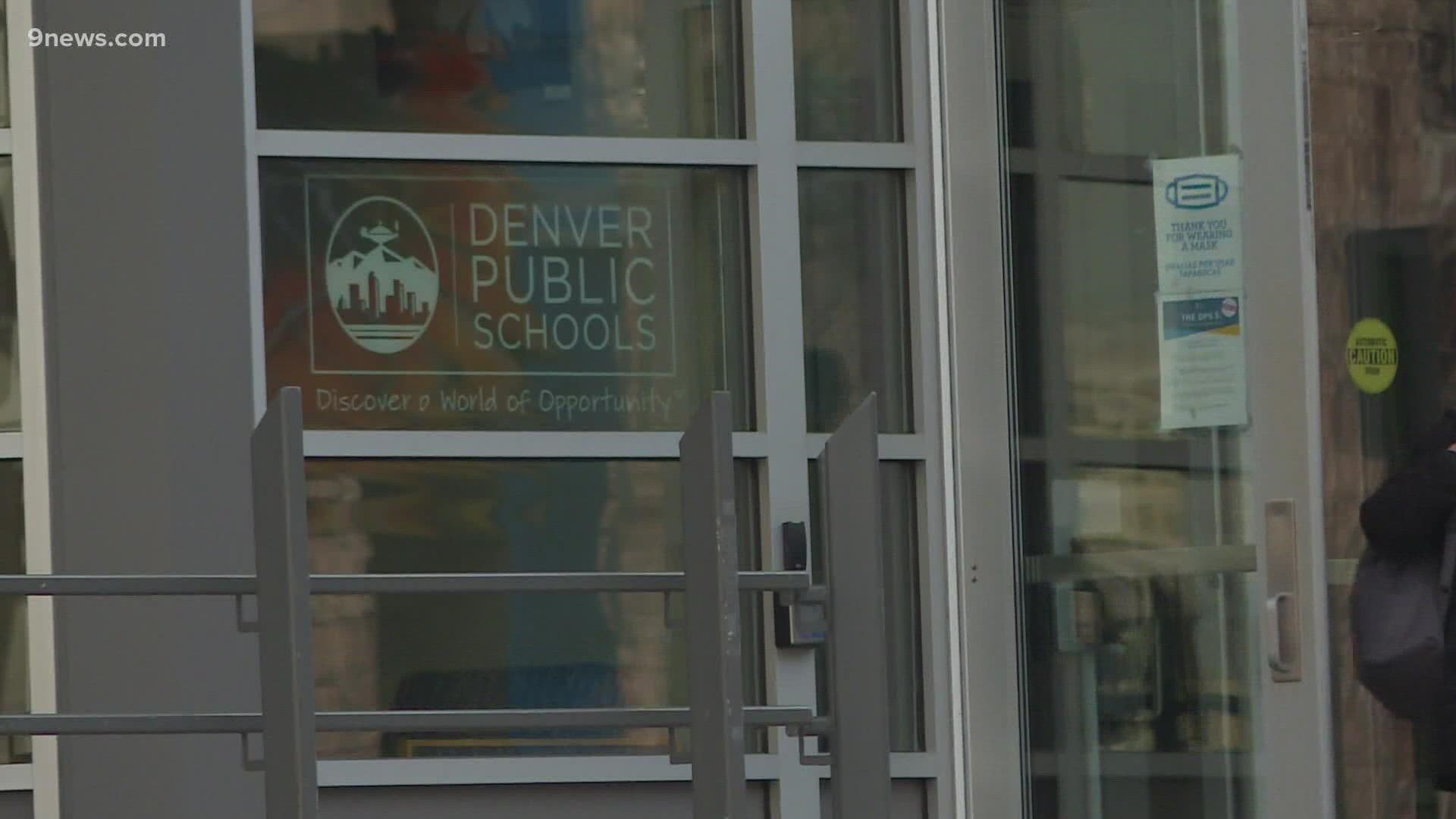NEW YORK — When April Schneider’s children returned to in-person classrooms this year, she thought they were leaving behind the struggles from more than a year of remote learning. No more problems with borrowed tablets. No more days of missed lessons because her kids couldn’t connect to their virtual schooling.
But coronavirus cases in her children’s New York City classrooms, and the subsequent quarantines, sent her kids back to learning from home. Without personal devices for each child, Schneider said they were largely left to do nothing while stuck at home.
“So there you go again, with no computer, and you’re back to square one as if COVID just begun all over again in a smaller form,” Schneider said.
As more families pivot back to remote learning amid quarantines and school closures, reliable, consistent access to devices and home internet remains elusive for many students who need them to keep up with their schoolwork. Home internet access for students has improved since the onset of the pandemic with help from philanthropy, federal relief funding and other efforts — but obstacles linger, including a lack of devices, slow speeds and financial hurdles.
Concerns around the digital divide have shifted toward families that are “underconnected” and able to access the internet only sporadically, said Vikki Katz, a communication professor at Rutgers University.
“It’s about whether or not you can withstand the disruptions of these quick pivots in ways that don’t derail your learning,” she said.
In two studies, one conducted in 2015 and another in 2021, Katz and other researchers surveyed low-income families with young children. While rates of home internet access and computer ownership are up significantly, the proportion of lower-income families whose internet access is unreliable or insufficient remained roughly the same.
A year into the pandemic, more than half the families Katz surveyed reported that their children’s ability to tune into online classes had been disrupted in some way.
Racial and income divides persist in home internet access, according to data from the Pew Research Center. One survey conducted in April of 2020 found that during the initial school closures, 59% of lower-income families faced digital barriers, such as having to log on from a smartphone, not having a device or having to use a public network because their home network was not reliable enough.
About 34% of households making less than $30,000 reported having trouble paying for their home internet bill, as did 25% of those making between $30,000 and $50,000. Compared to white households, Black and Latino families were less likely to have access to broadband and a computer at home.
For Schneider’s children, not having enough working devices at home during the previous school year for remote learning meant missing assignments and classes. The kids struggled to focus on their work, even if they received paper assignments. During quarantine periods this year, she said, they were largely unable to participate in any instruction at all.
“Without the equipment ... their experience was that they were more off than on,” Schneider said. “As soon as they said school was going to back up ... I just had to take my chances and send them. They needed not to be out of school any longer.”
Even before the pandemic sent most schools to some form of remote learning, classrooms have increasingly embraced the role of technology in teaching, creating a “homework gap” between those who do and do not have access to internet and devices at home. Roughly 2.9 million school children lived in households without internet access, according to pre-pandemic Census data, and about 2.1 million lived in households without a laptop or desktop computer.
Some families are frustrated more hasn't been done to close the gap.
When her grandchildren’s Pittsburgh school moved to online learning in March of 2020, Janice Myers and her four grandchildren shared a single laptop. One month, she struggled to afford the internet bill on her fixed retirement income. She tried to access the company’s $10 monthly rate designed to keep low-income kids connected during the pandemic, but said she was told she did not qualify because she was an existing customer.
This school year, the children were adjusting well to in-person learning until a quarantine sent them home for a week, Myers said. Around Thanksgiving, the school shut down in-person classes again, this time for nearly three weeks. Both times, the school did not send the children home with tablets, leaving them with little instruction except a thin packet of worksheets, she said.
“To my mind, you had an entire school year to learn how to be better prepared, and how to be proactive and how to incorporate a Plan B at the drop of a hat,” she said. “There was no reason why every student, when they returned to school, didn’t receive or keep their laptop.”
Among the districts using some of their federal relief money to boost home internet access is California's Chula Vista Elementary School District, which is incorporating the cost of hotspots and other internet services into the budget for the next three years. It gives priority for internet hot spots to kids who have the most trouble connecting to school, such as foster children and youth experiencing housing instability.
Assistant superintendent Matthew Tessier said the district found many low-income families may have internet access through a wireless phone, but faced limits like data caps and set monthly minutes. Those caps often made connecting kids to homework and online resources a challenge even before the pandemic.
Identifying which kids are in greater need and having devices ready to go can help minimize the impact of disruptions to learning, Katz said.
“All these conversations we keep having about learning loss, whether or not we should use that term, places the responsibility and the blame for what kids have learned on the students and the family ... instead of recognizing that this is still the school’s responsibility to bridge this gap when they send kids home,” Katz said.

